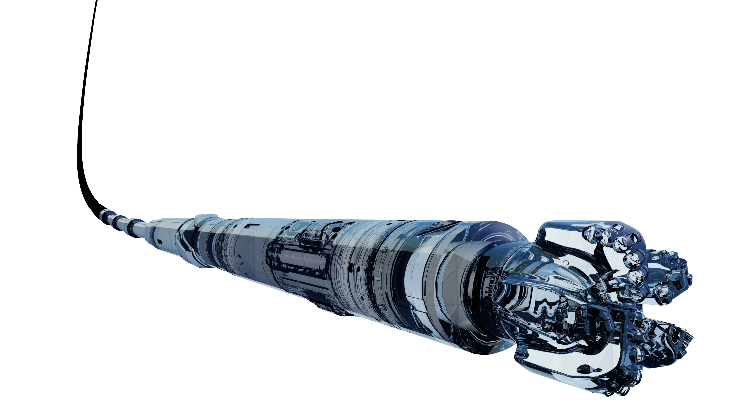Classification Approaches to Detect ‘Bit Balling’ Phenomenon in Well Drilling

In many drilling scenarios the drilling speed is reduced dramatically by unwanted phenomena. One of these phenomena is bit balling. When drilling in clay rich formations, the cuttings are not washed away properly and get adhered to the cutters and jets of the bit. Consequently, the cutters are no longer able to penetrate into the formation and the cuttings lifting efficiency declines due to the plugged jets. A reliable real-time detection of the bit balling phenomenon would enable the drilling crew to initiate appropriate countermeasures. The goal of the work is the analysis of classification approaches to reliably detect and classify the bit balling phenomenon. First, training data has to be defined to train the classifier. This includes the generation of features by processing (e.g. distribution analysis, frequency analysis) multiple measured signals. The features have to be analyzed in order to define an optimal feature space e.g. in terms of intra class and inter class distances. Finally the performance of different classification approaches like Artificial Neural Networks or Logistic Regression should be analyzed. The work will be conducted at Baker Hughes’ research and development center in Celle in corporation with the Institute for Automation Engineering. Please provide the overview of grades and the CV together with your application.
Topic Area:
Helpful/Required Prerequisites:
Experience with: MATLAB
Language: German or English